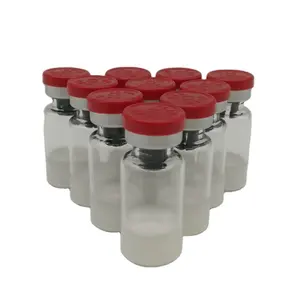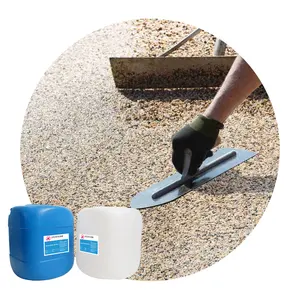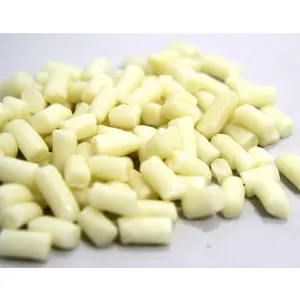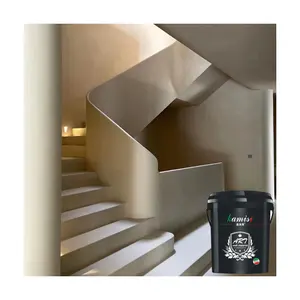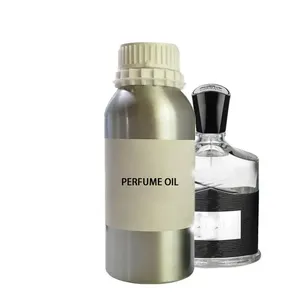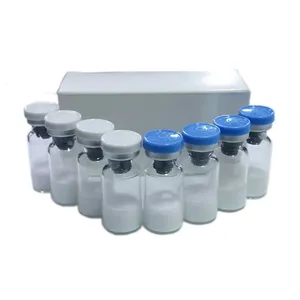Popular in your industry


















































































































Top categories
About renew sealant
Introduction
Breathing new life into your home doesn't always require a complete overhaul. Sometimes, all it takes is a simple touch-up using a product like renew sealant. This guide will introduce you to the world of renew sealants, a revolutionary solution for refreshing old or damaged kitchen and bathroom seals. We'll explore its benefits, the different types available, and how to choose the right one for your home. Additionally, we'll guide you through the preparation process, application steps, safety measures, maintenance tips, and common mistakes to avoid. Get ready to revitalize your home with the ultimate guide to using renew sealant.
Understanding Renew Sealant
Renew sealant is an innovative solution for refreshing old or damaged kitchen and bathroom seals. It's designed to be applied over existing 100% silicone sealant, making the job up to 50% faster. The product comes with an auto-smoothing applicator for a professional finish. Ideal for seals around tubs, showers, and sinks, renew sealant's specialty silicone formula is flexible, 100% waterproof, and mold- and mildew-resistant. It's also water-ready in as little as 6 hours. This product is a practical choice for those looking to refresh their home without the hassle of removing and replacing old sealant.
Benefits of Using Renew Sealant
Renew sealant is a revolutionary solution for rejuvenating old or damaged kitchen and bathroom seals. It eliminates the need for time-consuming removal and replacement of the old sealant, making your job up to 50% faster. The specialty silicone formula of renew sealant is flexible, 100% waterproof, and resistant to mold and mildew. It's ready for water exposure in as little as 6 hours. The product comes with an integrated auto-smoothing applicator that helps you achieve a smooth, professional-looking finish. It's perfect for creating durable seals around tubs, showers, and sinks.
Types of Renew Sealant
There are several types of renew sealants available. Polyurethane sealants are waterproof, anti-aging, and resistant to chemicals, ideal for exterior concrete and masonry gaps. Marine sealants are designed for watertight, flexible seals in both saltwater and freshwater environments. Adhesive Caulk, including the All Purpose and Tub & Tile variants, provide durable bonds and seals for general sealing projects and kitchen & bath projects respectively.
Choosing the Right Renew Sealant for Your Home
Choosing the right renew sealant for your restoration project is crucial. This decision should be based on the cause of the previous sealant failure. Factors to consider include the type of surface, joint movement, and compatibility with the substrate. Incorrect sealant selection can lead to premature failure, so it's important to choose a sealant that's suitable for your specific project. Remember, the right sealant can significantly enhance the longevity and success of your restoration work.
Preparation Before Applying Renew Sealant
Before applying renew sealant, it's crucial to prepare the surface properly. The surface should be clean, dry, and smooth. Any old sealant should be removed, and the area should be taped off to protect adjacent surfaces. The preparation process involves cleaning the surface with soapy water and a suitable cleaner, removing old sealant with a softening agent, smoothing out imperfections, and applying masking tape. Proper preparation ensures a strong seal and high-quality finish.
Step-by-Step Guide to Applying Renew Sealant
Applying renew sealant is a straightforward process that can refresh your old or damaged kitchen and bathroom seals. You don't need to remove the old sealant; simply apply the renew sealant over it. This method can help you complete the task up to 50% faster. The product comes with an integrated auto-smoothing applicator that tools the sealant as you apply it, ensuring a smooth, professional-looking finish. The specialty silicone formula is flexible, 100% waterproof, and mold- and mildew-resistant. It's also water-ready in as little as 6 hours.
Safety Measures When Using Renew Sealant
When using renew sealant, it's crucial to consider safety measures. The main components of sealants can be hazardous, so they should be handled safely. Exposure to chemicals varies with the process or task. Dermal exposure is the most common, especially when hand contact with the sealant occurs. If volatile components or solvents are used, inhalation exposure may also be a problem. Training is essential for all personnel involved in handling sealants. They should be educated about the consequences of contact and the necessary precautions for safe operation, including storage, handling, and disposal.
Maintaining and Caring for Your Renew Sealant
Maintaining and caring for your renew sealant is crucial for optimal performance. Regular inspections and maintenance, preferably every one to two years, can result in substantial savings in maintenance cost over the life of the structure. The action taken at that point – cleaning, touch-up, repair, or replacement – depends on the observed condition of the sealant. It's recommended not to extend the service life of the sealant past the manufacturer’s recommended interval. Using the best quality materials will lower future servicing and repair costs.
Common Mistakes to Avoid When Using Renew Sealant
Common mistakes to avoid when using renew sealant include improper surface preparation and incorrect application. Never apply sealant on a dirty, dusty, or wet surface, and always remove old sealant before applying new. Cut the sealant tube nozzle to the desired bead size and apply with even, consistent pressure to prevent air bubbles. Improper sealant selection is another significant error. The sealant must be properly matched to the substrate to ensure both compatibility and performance. Lastly, always verify with the manufacturer of your system the sealants they recommend.
Conclusion
In conclusion, renew sealants offer a practical and efficient solution for refreshing old or damaged seals in your home. The key to successful application lies in understanding the product, choosing the right type for your project, proper surface preparation, and correct application. Safety should never be compromised, and regular maintenance is crucial for the sealant's longevity. Avoiding common mistakes can significantly enhance the success of your restoration work. With this guide, you're now equipped with the knowledge to revitalize your home using renew sealant, making it not just a dwelling, but a reflection of your care and attention to detail.
